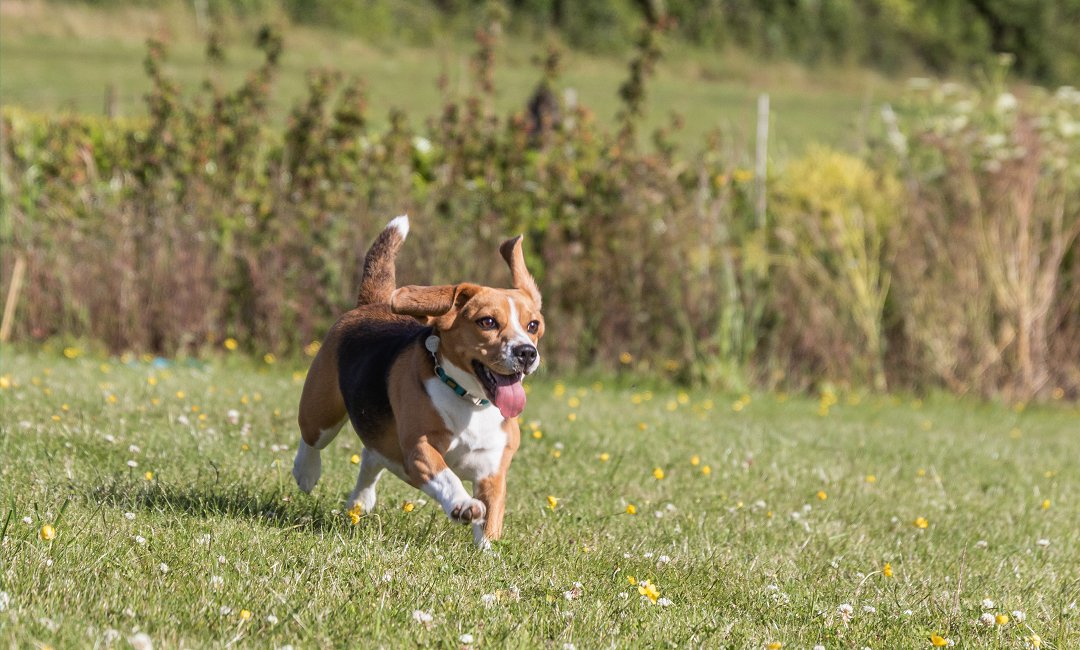Table of Contents
- 1 Introduction: Understanding Negative Reinforcement in Beagle Training
- 2 Exploring the Effectiveness of Negative Reinforcement in Beagle Training
- 3 Negative Reinforcement Recommended for Beagles? Expert Insights Revealed
- 4 FAQs About: What is Negative Reinforcement in Beagle Training?
- 4.1 What is negative reinforcement in beagle training?
- 4.2 Is negative reinforcement effective in beagle training?
- 4.3 Are leash corrections considered negative reinforcement in beagle training?
- 4.4 Should I use shock collars or physical corrections as negative reinforcement in beagle training?
- 4.5 What are the alternative training methods to negative reinforcement for beagles?
- 4.6 Can negative reinforcement lead to aggression or fear in beagles?
Introduction: Understanding Negative Reinforcement in Beagle Training
If you’re a beagle owner or considering getting one, you may have come across the term “negative reinforcement” in relation to training. But what exactly is negative reinforcement in beagle training? In simple terms, negative reinforcement involves removing an unpleasant stimulus to encourage desired behavior. It’s important to note that negative reinforcement is different from punishment, aversive training, or using forceful methods. Negative reinforcement focuses on rewarding good behavior rather than punishing bad behavior.
Now, let’s delve deeper into the concept of negative reinforcement in beagle training. By understanding this training method, you can effectively communicate with your furry friend and guide them towards positive behaviors. In the following sections, we’ll explore the effectiveness of negative reinforcement in beagle training and whether it’s recommended by experts. So, let’s continue our journey to discover the best training techniques for your beloved beagle.
Exploring the Effectiveness of Negative Reinforcement in Beagle Training
Negative reinforcement is a training technique that involves removing an unpleasant stimulus to reinforce a desired behavior in dogs. In the context of beagle training, negative reinforcement can be a useful tool when used correctly and in moderation. Let’s delve deeper into the effectiveness of negative reinforcement in beagle training.
1. Clear Communication
Negative reinforcement can help establish clear communication between the owner and the beagle. By associating a specific behavior with the removal of an aversive stimulus, such as a gentle tug on the leash, the beagle learns to understand what is expected of them. For example, when a beagle pulls on the leash during a walk, a slight tug can be used as negative reinforcement to encourage them to walk beside their owner instead.
2. Encourages Desired Behavior
When negative reinforcement is used appropriately, it can effectively encourage desired behaviors in beagles. For instance, if a beagle tends to jump on people when greeting them, negative reinforcement can be employed by turning away or ignoring the dog until they keep all four paws on the ground. Once the beagle complies, the unpleasant stimulus of being ignored is removed, reinforcing the desired behavior of not jumping.
3. Builds Trust and Confidence
Contrary to popular belief, negative reinforcement, when used correctly, does not damage the bond between the owner and the beagle. In fact, it can strengthen the trust and confidence between them. When a beagle understands what is expected of them and receives consistent negative reinforcement, they become more confident in their abilities to please their owner. This, in turn, fosters a stronger bond and mutual understanding.
4. Avoids Physical Corrections
Negative reinforcement provides an alternative to physical corrections, such as leash corrections or shock collars, which can be harsh and potentially harmful to a beagle’s well-being. By using negative reinforcement techniques instead, beagle owners can achieve the desired results without resorting to physical punishment.
In conclusion, when used appropriately and in moderation, negative reinforcement can be an effective training method for beagles. It allows for clear communication, encourages desired behaviors, builds trust and confidence, and avoids the need for physical corrections. However, it is important to note that every beagle is unique, and what works for one dog may not work for another. It is always advisable to consult with a professional trainer or behaviorist to determine the most suitable training approach for your beagle.
Negative Reinforcement Recommended for Beagles? Expert Insights Revealed
Negative reinforcement is a training technique that involves removing an unpleasant stimulus to reinforce a desired behavior in dogs. While it can be effective in certain situations, it is important to consider whether it is recommended for Beagles. Here, we will explore expert insights on the use of negative reinforcement in Beagle training.
Understanding the Nature of Beagles
Before delving into the use of negative reinforcement, it is crucial to understand the nature of Beagles. Beagles are known for their strong hunting instincts and independent nature. They have a keen sense of smell and can easily get distracted by scents in their environment. Additionally, Beagles are intelligent but can be stubborn at times.
The Potential Risks of Negative Reinforcement
- Increased anxiety and fear: Beagles are sensitive dogs, and the use of punishment or aversive techniques can lead to increased anxiety and fear. This can hinder their overall well-being and may even result in behavioral issues.
- Loss of trust and bond: Beagles thrive on positive reinforcement and building a strong bond with their owners. The use of negative reinforcement techniques may erode this trust and damage the bond between the dog and the owner.
- Ineffective long-term results: While negative reinforcement may yield immediate results, it may not be effective in the long run. Beagles are intelligent dogs, and they may become desensitized to the aversive stimuli over time, rendering the technique ineffective.
Alternatives to Negative Reinforcement
- Positive reinforcement: Beagles respond well to positive reinforcement techniques, such as rewards, treats, and praise. By rewarding desired behaviors, you can motivate your Beagle and strengthen the bond between you.
- Clicker training: Clicker training is a popular positive reinforcement technique that uses a clicking sound to mark desired behaviors. This method can be highly effective in training Beagles and promoting positive associations.
- Distraction and redirection: Beagles can easily get distracted, so redirecting their attention to an appropriate behavior can be helpful. For example, if your Beagle starts barking at a squirrel, you can redirect their attention to a toy or a command like “sit.”
Consulting with a Professional Trainer
When it comes to training Beagles, it is always recommended to seek guidance from a professional dog trainer. They can assess your Beagle’s individual needs, temperament, and behavior, and provide personalized training techniques that are positive and effective.
In conclusion, while negative reinforcement may have some potential risks and drawbacks for Beagles, there are alternative training methods that can be more beneficial. By understanding the nature of Beagles and utilizing positive reinforcement techniques, you can effectively train your Beagle and strengthen your bond with them. Remember, training should be a positive and enjoyable experience for both you and your furry friend.
FAQs About: What is Negative Reinforcement in Beagle Training?
What is negative reinforcement in beagle training?
Negative reinforcement in beagle training refers to the use of aversive techniques or punishment-based training methods to discourage unwanted behaviors. It involves removing or reducing an unpleasant stimulus when the desired behavior is exhibited.
Is negative reinforcement effective in beagle training?
Negative reinforcement can be effective in beagle training when used correctly and in moderation. However, it is important to note that positive reinforcement and reward-based methods tend to yield better long-term results and create a stronger bond between the owner and the beagle.
Are leash corrections considered negative reinforcement in beagle training?
Yes, leash corrections are a form of negative reinforcement. When a beagle pulls on the leash, a correction is applied by pulling the leash in the opposite direction, creating an uncomfortable sensation for the dog. The goal is to teach the beagle to walk without pulling.
Should I use shock collars or physical corrections as negative reinforcement in beagle training?
The use of shock collars or physical corrections as negative reinforcement is not recommended for beagle training. These methods can cause fear, anxiety, and even physical harm to the dog. It is best to focus on positive reinforcement techniques that reward desired behaviors instead.
What are the alternative training methods to negative reinforcement for beagles?
There are several alternative training methods to negative reinforcement for beagles, such as positive reinforcement, clicker training, and reward-based methods. These techniques involve rewarding desired behaviors with treats, praise, or play, which helps to motivate and reinforce good behavior.
Can negative reinforcement lead to aggression or fear in beagles?
Yes, excessive or improper use of negative reinforcement can potentially lead to aggression or fear in beagles. It is crucial to use any aversive techniques sparingly and with caution, as an over-reliance on punishment-based methods may damage the trust and relationship between the owner and the dog.






Leave a Reply